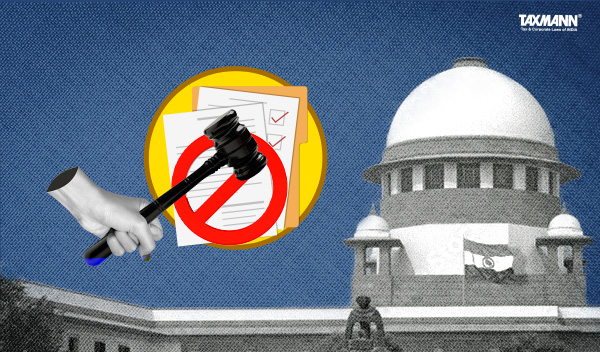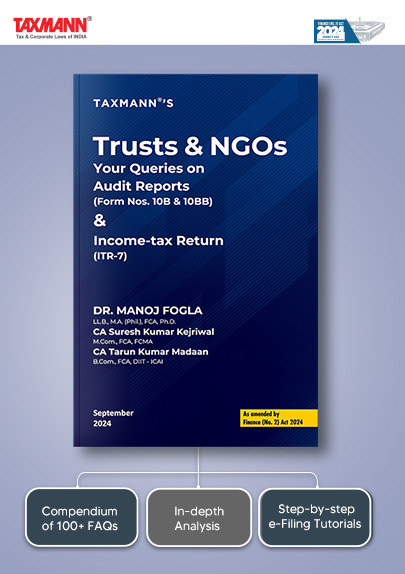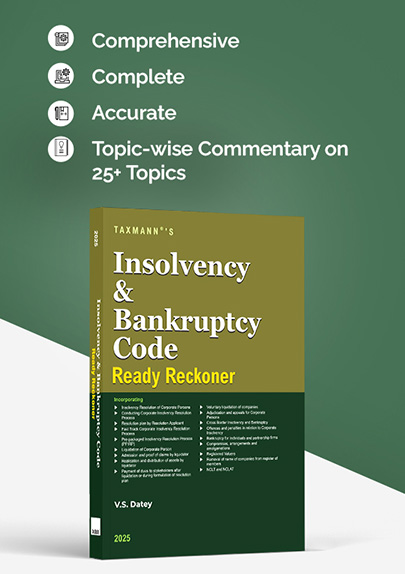Sequence of Notices u/s 142(1) and 143(2) Irrelevant if Both Served Purpose of Making Valid Assessment | HC
- Blog|News|Income Tax|
- 2 Min Read
- By Taxmann
- |
- Last Updated on 27 February, 2025
Case Details: Hexa Steel and Power (P.) Ltd. vs. National Faceless Assessment Centre - [2025] 171 taxmann.com 539 (Orissa)
Judiciary and Counsel Details
- Arindam Sinha, ACTG. J, & M.S. Sahoo, J.
-
A. Patnaik, Adv. for the Petitioner.
-
A. Kedia, Jr. Standing Counsel for the Respondent.
Facts of the Case
The assessee filed its return of income, which was picked up for scrutiny assessment. Notice under section 143(2) was issued. The assessee complied. Subsequently, another notice was issued, this time under section 142(1), purporting to make an inquiry. The assessee complied, but the inquiry could not have been resorted to following a notice issued under section 143(2) on its return filed.
Furthermore, in doing the assessment, section 144B was also resorted to. As such, by notification dated 17-2-2021, substituted sub-paragraph (1) in paragraph 5 of the Faceless Assessment Scheme, 2019, required furnishing a copy of the draft assessment before the assessment was finalised.
The assessee filed a writ petition contending that the draft assessment order, preparation of it mandated under section 144B, was not made available to the assessee. Secondly, after the issuance of notice under section 143(2), a notice could not have been issued under section 142(1).
High Court Held
The High Court of Orissa held that the assessment was made invoking the provision in section 143(3) read with section 144B on the assessee having complied with both notices, firstly issued under section 143(2) and then under section 142(1). The contention of revenue that the sequence does not matter inasmuch as the power to issue notice provided for in section 143(2) and section 142(1) is to make the assessment is to be accepted.
There was no dispute that the assessee’s return was picked up for scrutiny assessment. The assessment had to be done. The commencement of the exercise of assessment was by issuing the section 143(2) notice. Then, further inquiry was felt necessary for the purpose of the assessment, and, therefore, the second notice was under section 142(1). Having complied with both notices, the assessee’s allegation of not having had a full opportunity, particularly in view of statements made in the counter, was without basis.
Disclaimer: The content/information published on the website is only for general information of the user and shall not be construed as legal advice. While the Taxmann has exercised reasonable efforts to ensure the veracity of information/content published, Taxmann shall be under no liability in any manner whatsoever for incorrect information, if any.

Taxmann Publications has a dedicated in-house Research & Editorial Team. This team consists of a team of Chartered Accountants, Company Secretaries, and Lawyers. This team works under the guidance and supervision of editor-in-chief Mr Rakesh Bhargava.
The Research and Editorial Team is responsible for developing reliable and accurate content for the readers. The team follows the six-sigma approach to achieve the benchmark of zero error in its publications and research platforms. The team ensures that the following publication guidelines are thoroughly followed while developing the content:
- The statutory material is obtained only from the authorized and reliable sources
- All the latest developments in the judicial and legislative fields are covered
- Prepare the analytical write-ups on current, controversial, and important issues to help the readers to understand the concept and its implications
- Every content published by Taxmann is complete, accurate and lucid
- All evidence-based statements are supported with proper reference to Section, Circular No., Notification No. or citations
- The golden rules of grammar, style and consistency are thoroughly followed
- Font and size that’s easy to read and remain consistent across all imprint and digital publications are applied






 CA | CS | CMA
CA | CS | CMA


